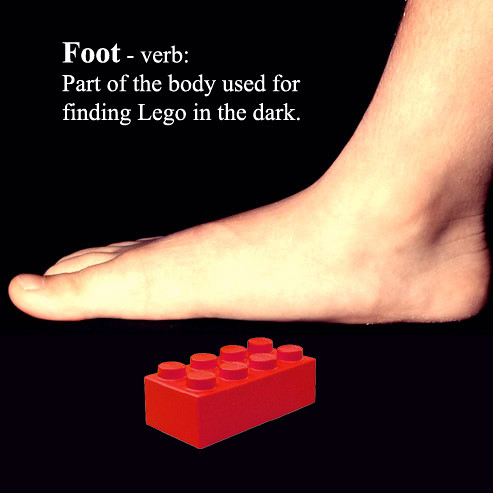How many people have left Lego on the floor and experienced that searing pain of discomfort as the full weight of your body presses a rouge piece into the bottom of your foot? Your instant reaction is to firstly scream and shout obscenities about how much you hate Lego and after the pain subsides, you pick up that little piece of plastic that has now ruined your day and put it away to prevent a repeat experience. I’m sure many people can relate to this in some way, but what’s this got to do with bio-plastics? Well, if we imagine Lego as the waste we throw away every day and our foot pressing down on the Lego as the planet we live on, we should surely create an environment whereby the waste is removed from the Earth in order to free it from the possibility of ‘pain’, which in this sense means pollution and contamination. The answer to this painful predicament could lie in the use of bio-plastics!
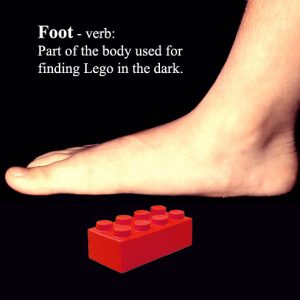
In today’s society there is an ever-growing concern for the way in which we handle waste and the negative impact humans are having on the environment. As such, there is an increasing demand for recyclable products which arguably has the desired effect of removing the possibility of ‘pain’ in our environmental dilemma through the reuse of materials. This is becoming common practice within the single use paper cup industry and we are proud to say that all of the cups produced by Printed Cup Company are all 100% recyclable. However, there is a second option for removing the ‘Lego’ from our planetary floor. This involves the use of compostable materials and bio-plastics to allow these single use products to completely disintegrate and remove themselves from the ‘pain’ equation entirely. However, the reality is that even though recycling has been around for a while now, there is still a lot of confusion surrounding the segregation of recyclable plastic! Similarly, there is a large amount of uncertainty as to what ‘compostable’ actually means and how effective bio-plastics actually are in terms of improving the state of waste in the environment.
Bio-plastic, Compostable and Biodegradable – What does it all mean?
The number of people that are heading in the ‘greener’ direction is increasing, with many opting for the ‘zero waste’ route, however a lot of people are looking for greener alternatives made from biodegradable or compostable materials. But just because something is ‘Biodegradable’ does not make it ‘Compostable’ which is grounds for much of the confusion. And there is a difference.
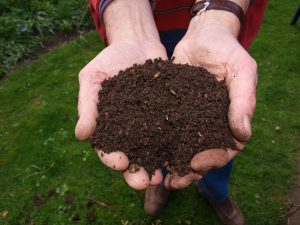
In order for a cup to be fully ‘Compostable’ it has to be:
"capable of undergoing biological decomposition in a compost site as part of an available program, such that the plastic is not visually distinguishable and breaks down to carbon dioxide, water, inorganic compounds, and biomass, at a rate consistent with known compostable materials (e.g. cellulose). and leaves no toxic residue." American Society for Testing & Materials (ASTM).
In order for a cup to be fully ‘Biodegradable’ it has to be made from a plastic that will break down over time through the action of naturally occurring bacteria and fungi causing the plastic to disintegrate. However, there is no time limit for this process to take place and there is no specification for leaving “no toxic residue”.

So in summary, compostable plastic breaks down to the point that the material left behind can be used to support plant life and actually benefits the environment. This is the equivalent of that little piece of Lego left on your floor, not only removing itself from your immediate environment but also cleaning your carpet at the same time! Not bad!
Compostable Plastic will solve the landfill crisis!
So because compostable plastic is compostable I can just throw it anywhere and it will disappear, right? – WRONG!
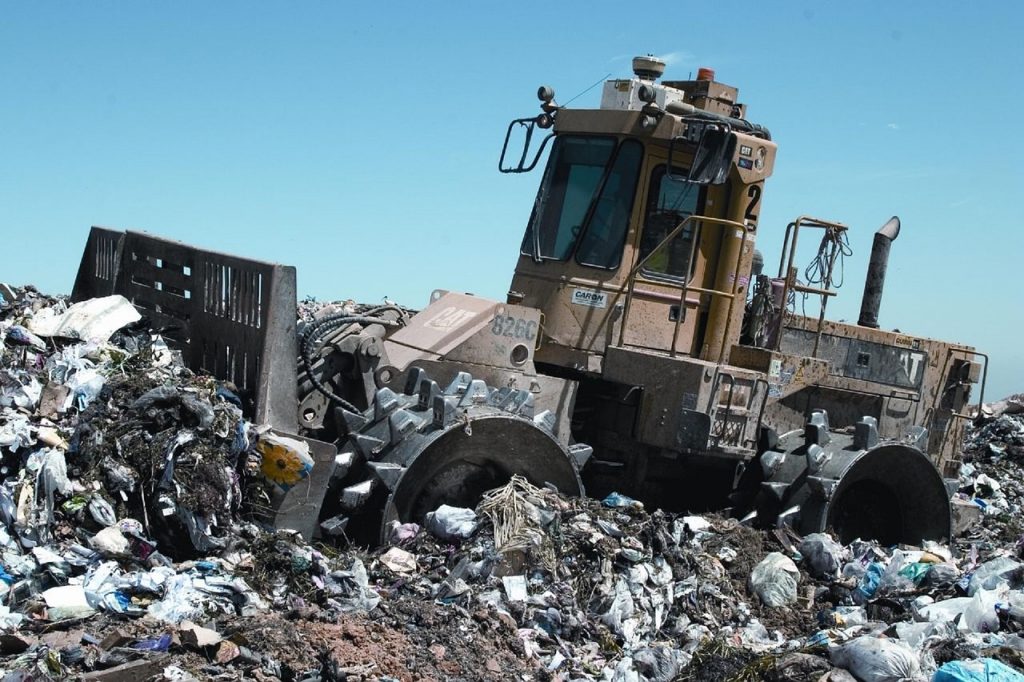
There is a common misconception that compostable plastic will just disintegrate in landfill and disappear such that it solves the problem of landfill all together. This is incorrect. In order for a recyclable plastic to be recycled, it has to firstly be placed in a specific waste bin and go through a sorting process and finally a dedicated recycling procedure. We all know this by now, as the process for recycling has been around for years, and many of us do it from our own homes every day. Well, compostable plastics are no different. They too have to be disposed of in a specified bin, the contents of which are then taken to a dedicated composting facility whereby they need the correct mixture of air, moisture, heat and bacteria to fully decompose into a state deemed ‘compostable’. If you use products that are created from a compostable substance, it is up to YOU to dispose of them correctly to ensure they fulfil their compostable purpose. Otherwise they are no better than your usual petroleum-based plastic and we are back to square one.
Bio-plastic is still plastic!
Basically all plastics are created from polymers, however not all polymers are plastic.
Confusing isn’t it?
Where traditional plastic is created using synthetic polymers and petroleum-based substances, compostable plastics are derived from naturally occurring polymers such as cellulose, soy, lactic acid and starch from resources such as corn, potato or tapioca. The naturally occurring polymers within these materials are then manipulated to create a compostable resin with similar properties to that of petroleum-based plastic. But even though they have been created from a naturally occurring material they have been manipulated using a man-made process to produce a plastic deemed compostable. This is why they need to be processed correctly at the end of their life to reverse the man-made process and revert the resources back into their natural state. Making more sense?
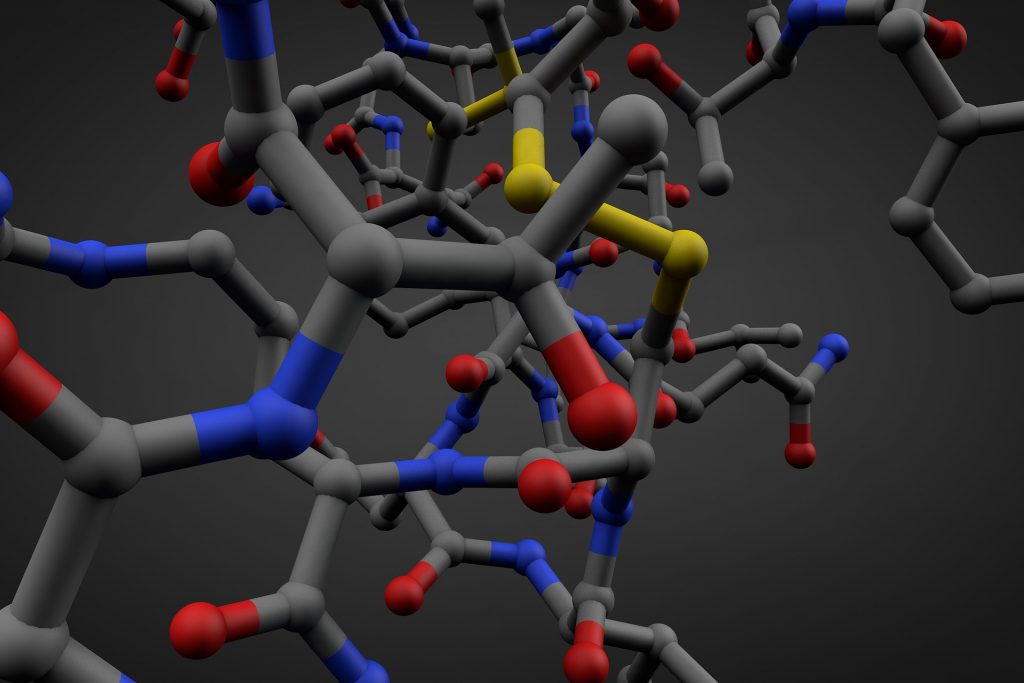
So is it worth it?
The big question is, would you leave Lego all over your floor or would you clear it up and put it back where it belongs?
Compostable products such as compostable cups that are disposed of without care or thought will end up in landfill and are ultimately no better for the environment than any other plastic product. However, compostable plastic and bio-plastics are a great alternative to petroleum based plastic products, if they treated with the same respect and care as recyclable plastic. Mechanical Biological Treatment facilities are capable of breaking down compostable bio-plastics which will reduce the amount of waste sent to landfill. It is the responsibility of the end user to dispose of the product properly so that it finishes its life in one of these facilities instead of landfill.
Compostable plastic is by no means the saving grace as a solution to our planets waste crisis, in the same way recycling is no final solution either. However, it is a fantastic step in the right direction and if the two are used in conjunction with each other, in the right way, then it will result in a reduction in landfill – which can only be a positive – right?
